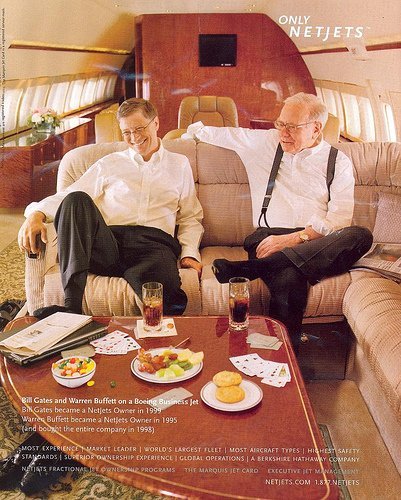Sent a TY note to Sandy Hook Firefighters & made a gift to Nat. Alliance for Mental Illness. What will U do to fix it? #fixitmob #sandyhook
I'm calling for a new response when the worst happens. I've seen how we can rise up during tragedies. After the 35W bridge collapsed in Minneapolis, thusands of people sent in donations to help the families affected put together the pieces. We all felt better because we did our part to help heal the wound but I want us to take it one step further. I want us to also take one small step to prevent the worst from happening again. If every single one of us got out of our media fueled depression and took just one step to prevent the next tragedy from happening and told everyone we connect with what that step was, I think we would be shocked by the impact.
So here are some ideas:
If you would like to make a gift help the families impacted make a gift to:
Sandy Hook School Support Fund c/o Newtown Savings Bank 39 Main Street Newtown CT 06470 To donate online, go to https://newtown.uwwesternct.org
and then send that same amount to an organization that is working to prevent similar tragedies in your community.
If you feel like easy access to guns caused this then make a gift to a gun buy back program or to the Brady Campaign that is working on national gun policy,
If you think that mental health issues are to blame then support a local orgaization that is providing mental health services in your community. A Minnesota example is Crisis Connection, a great national example is the National Alliance for Mental Illness.
Your support doesn't just have to be financial. Send a card to the Sandy Hook Volunteer Fire and Rescue Co, who were the first responders to the crisis and thank them for their incredible bravery during a crisis:
Sandy Hook Vol. Fire and Rescue 18-20 Riverside Rd/Po Box 783 Sandy Hook, CT 06482
and then write a letter thanking your local firefighters a letter thanking them for putting their lives on the line for our community everyday.
Reach out to parents that are struggling with their children's mental illness, bring them a dinner or just understand how hard it is to be in their shoes.
Then encourage your friends, real and virtual to do the same. After you've taken your first step to help our communities heal, update your Twitter or Facebook status with the tag #FixItMob and the tragedy that your action is in response to this will encourage people that are feeling powerless to remember that wach of us has the power to do something about this. The only way to get rid of darkness is to shine a light on it, so let's get shining.
 Trista Harris
Trista Harris 


 I usually don't review books but I am a big fan of Bill Gates and was excited when I heard that there is a new book about Bill Gates' thoughts on business and philanthropy. Impatient Optimist: Bill Gates in His Own Words is a new book edited by Lisa Rogak. Bill Gates made his name in business but in his second act, he is tackling big hairy goals like eradicating malaria and reforming the U.S. education system.
I usually don't review books but I am a big fan of Bill Gates and was excited when I heard that there is a new book about Bill Gates' thoughts on business and philanthropy. Impatient Optimist: Bill Gates in His Own Words is a new book edited by Lisa Rogak. Bill Gates made his name in business but in his second act, he is tackling big hairy goals like eradicating malaria and reforming the U.S. education system.


 There is some serious movement afoot in the philanthropic sector. For years there has been talk of a
There is some serious movement afoot in the philanthropic sector. For years there has been talk of a 
 In this
In this 
 Too often in the social sector, our organizations are like rowboats, we are all rowing in the same direction but we are looking backwards as we do it. My personal plan for 2012 is to be more forward thinking, so that I can anticipate what will happen next and prepare for it, rather than being reactive to yesterday's problem. In that spirit, here are my predictions for the social sector in 2012:
Too often in the social sector, our organizations are like rowboats, we are all rowing in the same direction but we are looking backwards as we do it. My personal plan for 2012 is to be more forward thinking, so that I can anticipate what will happen next and prepare for it, rather than being reactive to yesterday's problem. In that spirit, here are my predictions for the social sector in 2012: